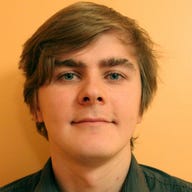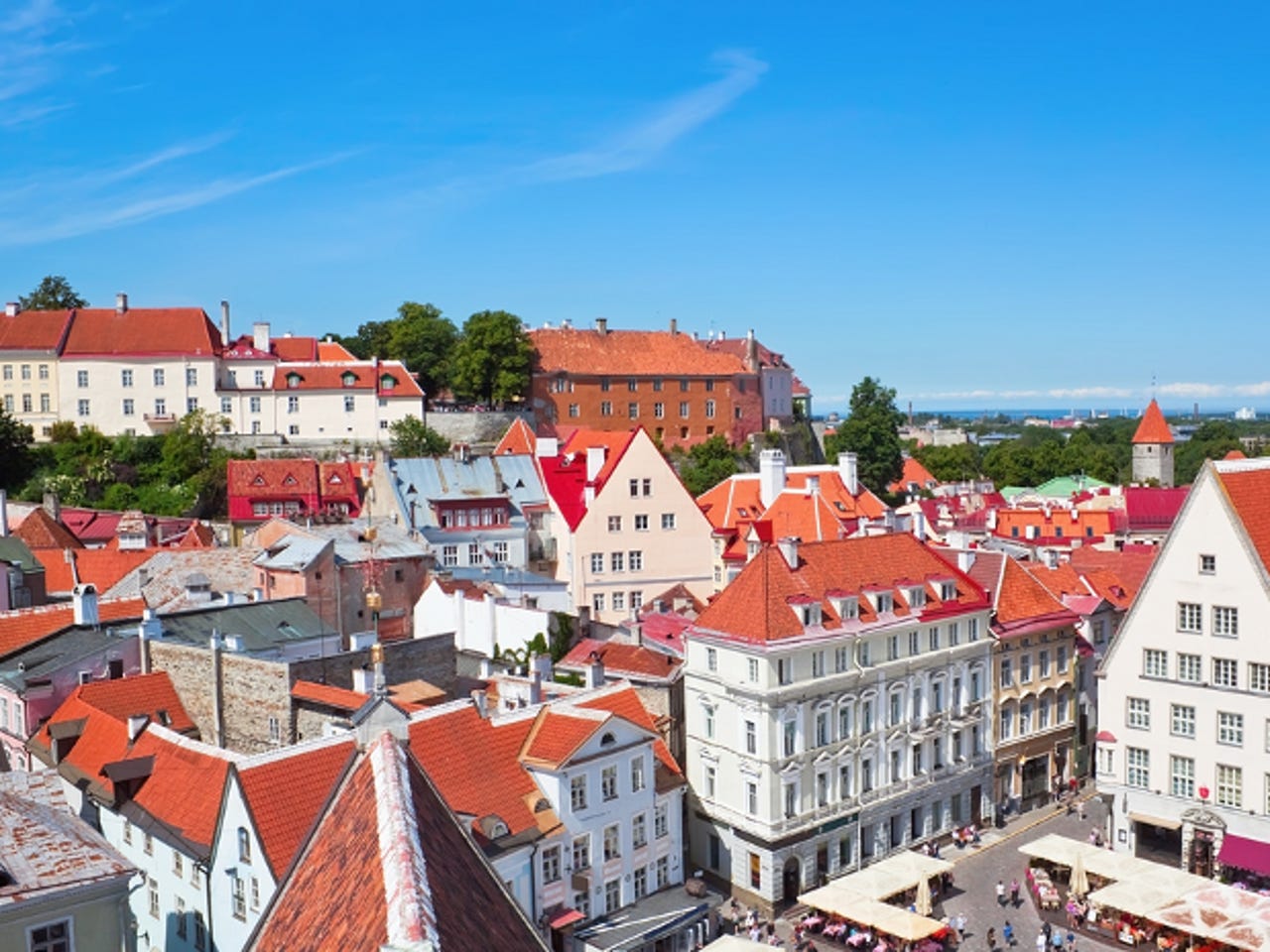Can't get 4G yet? Meet the country where 300Mbps LTE-A will soon be the new normal


Three of Estonia's mobile operators are preparing to offer LTE-Advanced connectivity later this year in the country's capital, Tallinn. Next year, they hope to extend coverage to bigger towns and more densely-populated areas across the country.
According to the CTO of Tele2 Estonia, Ervins Kampans, during the recent upgrade work on mobile infrastructure in the Baltic states, the company rolled out LTE-Advanced tech capable of offering download speeds of up to 300Mbps. With LTE-A already in place, the company is now waiting for end-user devices to enter the market before opening up the network to the public.
"In the areas where we do have 4G now, we actually have built in LTE-Advanced as well, but it isn't switched on yet. The hardware is ready and to light up the LTE-Advanced network; we only need to switch on software and adjust it according to the end-user devices," he said.
"The most important question for us now is, when will the end-user devices be ready for commercial use? We are expecting LTE-Advanced internet dongles to arrive first and then Cat 6 [LTE-category 6 connectivity with download speeds of up to 300Mbps] mobile phones."
Tele2 is the last of the three operators in Estonia to fully cover the country with 4G, having been awarded an 800MHz licence during the country's spectrum auctions only last year. The operator hopes to achieve 95 percent LTE coverage during the summer months.
EMT, the biggest mobile operator in Estonia, has also started testing LTE-Advanced technology and, according to a spokesperson for the operator, it's likely to be commercially available to consumers by the end of this year.
Andrus Kaarelson — the head of the third local carrier, Elisa Estonia — said that the company plans to offer LTE-Advanced download speeds to customers in Tallinn already this year. After the capital city, the operator's attention will be turned to areas with higher population densities.
"The big plus of the new technology is that the average download speeds of our current 4G clients will double. Right now, our clients are using an average 15Mbps download speed, with the LTE-Advanced this will rise to 30Mbps," Kaarelson said.
How much the new speed will add to the cost for consumers and whether the data plans be capped, Kaarelson couldn't say. Right now, the company is only testing devices from different suppliers and exact prices will probably be set in the autumn before LTE-A is launched commercially.
To enable LTE-A, the operator is using carrier aggregation, technology which allows it to combine non-adjacent blocks of spectrum to effectively double 4G connection speeds.
Elisa Estonia demonstrated the carrier aggregation technology on its LTE-Advanced network using blocks of spectrum in the 1800MHz and 2600Mhz bands. Right now, the company is testing Huawei networking kit, with NSN and Ericsson equipment also set to be put through its paces in the near future.
There is more news in Estonian mobile communications market as Elisa Estonia is testing VLC (visible light communication) technology in co-operation with Japanese-Estonian start-up Lampserve.
The mobile operator has installed some extra small cells on the Tallinn Song Festival site, and data will be sent between them using the light beams from LED lamps. Using the combination of the light link and LTE-Advanced, the operator hopes to increase 4G speeds on the ground during the festival, which is set to take place in early July with more than 100,000 participants and spectators expected. Elisa also hopes to use the tech at other major events this summer.
The Japanese VLC technology start-up Lampserve was founded three years ago. It has two Estonian board members — Raul Vahisalu and Ahto Pärl — and, according to the director Thomas Nakama, it is going to set up a subsidiary in Estonia in near future, hiring between 10 and 15 software engineers. The hardware development will stay in Japan.
Although VLC right now is used as a backing system, Nakama hopes that one day it is going to be a standard of its own in mobile communications. The company claims that although its version of the VLC technology still needs a line of sight between stations to work, it is immune to smog, fog, rain, snow, and other distractions. This means that the company has solved some major problems that the competitors are still trying to figure out.
"The only thing is a sandstorm; we can't do anything against a sandstorm, then it [the VLC connection] doesn't work," he said.
The Japanese decided to work with Estonia because of the country's high level of tech adoption and lack of bureaucracy.
"In Japan we have to ask permission to test our technology on the streets from five different ministries and also the police and they do not communicate with each other almost at all. Here, the people are most helpful and the bureaucratic procedures are simpler," Nakama told Estonian daily newspaper Postimees.